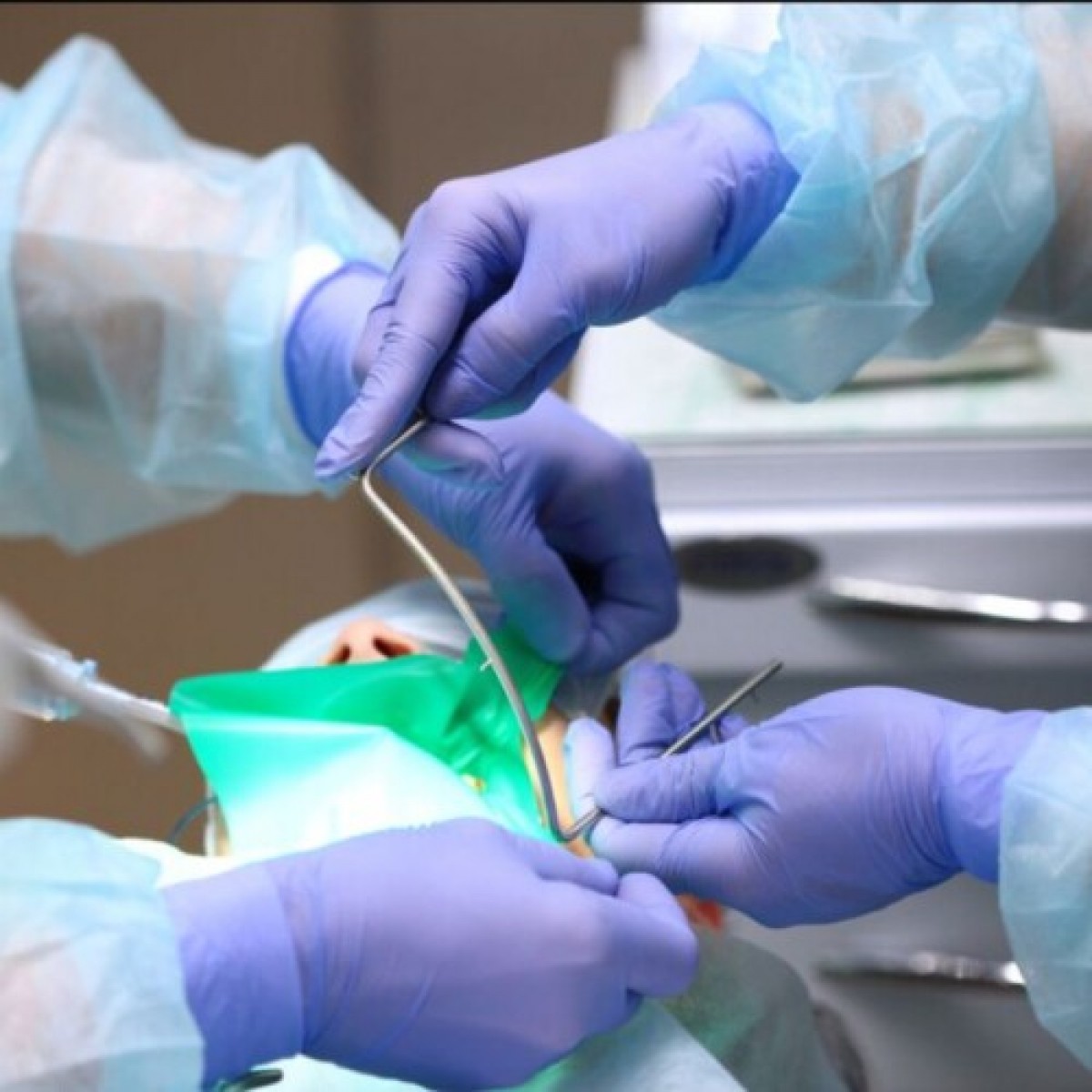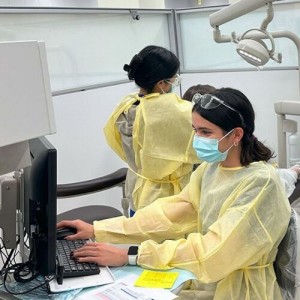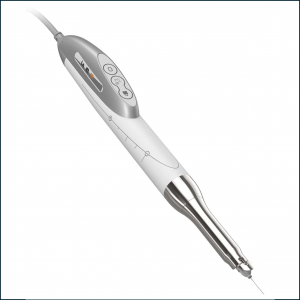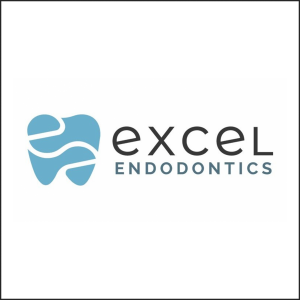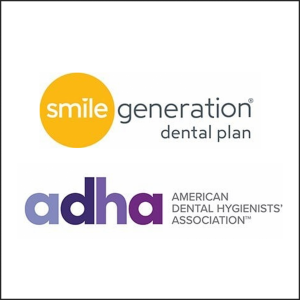
Dental treatment planning and management for the mouth cancer patient
The need to deliver cancer treatment promptly often requires modification of ideal dental treatment plans. Treatment planning and preventive care is crucial and needs to be done before radiotherapy in order to avoid complications such as osteoradionecrosis. Rapid delivery of this dental care can only be achieved if oral care is given adequate priority in the patient care pathway. Few cancer centres have the resources to provide comprehensive dental care and thus, in most circumstances, this care has to be provided by the patient’s dentist and dental care professional, with advice from the local dental oncology specialist team.
Introduction
Mouth cancer is the general term given to the variety of malignant head and neck tumours that develop in the oral cavity (mouth), pharynx (throat), larynx (voice box), salivary glands, nose and sinuses. In UK, mouth cancer is one of the top 10 most diagnosed cancers and accounts for more than 7800 new cases each year and kills more people than cervical cancer and testicular cancer combined.
Many patients with head and neck cancer will be treated with surgery, radiation, and chemotherapy and a substantial number will be subject to clinically significant short and long-term oral adverse effects, some of which can even make it difficult for a patient to continue to tolerate their cancer treatment. Therapeutic doses of radiation induce long-term irreversible damage to the salivary glands, connective tissues, vasculature, and healing potential of the jawbones, and in particular the mandible. Surgical removal of the cancer tissue can leave the patient handicapped with problems of speech, swallowing, taste and appearance. The dental management strategy is thus often determined by the potential oral complications of cancer treatment.
Many bodies, such as NICE (National Institute for Health and Clinical Excellence) in their guideline ‘Improving Outcomes in Head and Neck Cancer’, and SIGN (Scottish Intercollegiate Guidelines Network) recognize that the optimal management of these patients depends on multidisciplinary teams providing treatment, rehabilitation and support. The management of oral problems before, during and after cancer therapy can reduce the complications and assist with improving the patient’s quality of life.
The most important risk factors for oral complications of cancer therapy are oral or dental disease that already exists and poor oral care during and after cancer therapy. The status of the oral cavity in the cancer patient differs little from that found in the general population. Some will have poorly maintained dentitions, moderate to advanced periodontal disease, ill-fitting denture prostheses, and related pathologies associated with oral hygiene neglect.
The need to deliver cancer treatment promptly often requires modification of “ideal” dental treatment plans. Rapid delivery of this dental care can only be achieved if oral care is given adequate priority in the patient care pathway. Few cancer centres have the resources to provide comprehensive dental care and thus in most circumstances, this care must be provided by the patient’s dentist and dental care professionals, with advice from the local dental oncology specialist team. This is an opportunity for dentists and their teams in the community to play an important role in their patients’ dental care, while saving hospital resources. Patients often prefer to be treated by their own dentist or find it more convenient to travel to their local dentist than travel to the cancer centre for dental treatment. An off-site dental evaluation program, where the dentist performs the entire evaluation and treatment planning guided by written instructions following a protocol from the dental oncology service, could allow most treatment to be provided by the dentist in the community with the dental oncology specialist focusing on maxillofacial rehabilitation.
Author: Vinod K. Joshi
Source: https://www.sciencedirect.com/
 Related articles
Related articles
Relu is a dental software company building AI algorithms to support the automation of digital dental treatment planning.
Candid has forged a partnership with SoftSmile Inc. that will bring their state-of-the-art VISION treatment planning software to every CandidPro provider.
Pediatric dentistry 24 September 2025
The objective of this study was to survey members of the American Academy of Pediatric Dentistry (AAPD) regarding their use of behavior management techniques.
Products 23 September 2025
Dentech’s Practice Management Software Has Robust Feature Set
Dentech’s state-of-the-art practice management software fits right into the day-to-day operations of a dental practice of any size.
Restorative dentistry 12 September 2025
Traumatic tooth injuries involve function and aesthetics and cause damage that range from minimal enamel loss to complex fractures involving the pulp tissue and even loss of the tooth crown.
 Read more
Read more
Editorials 03 October 2025
To help stock the Filling Station, a food pantry open to anyone in our ASOD family who is experiencing food insecurity or needs help making ends meet, Adams School of Dentistry is holding a food...
Products 03 October 2025
From Scan to Smile: Aidite’s EZPRINT-P1 and Rapid 3 Deliver a Complete Digital Workflow
Digital dentistry thrives on precision, efficiency, and integration. Aidite has long been a leader in advancing these principles. With the introduction of the EZPRINT-P1 3D Printer, the company now...
Products 03 October 2025
Dentalhitec Americas recently announced the official U.S. launch of QuickSleeper5, following FDA clearance. Even prior to its American debut, demand from dentists for the QuickSleeper5.
News 03 October 2025
Excel Endodontics, a new specialty dental practice founded by endodontist Dr. Rachel Halpern, is proud to announce its official opening in Marlboro, New Jersey, along with the launch of its new...
News 03 October 2025
PDS Health, a leading integrated healthcare support organization, and the American Dental Hygienists’ Association (ADHA) today announced a strategic partnership to offer ADHA members access to the...


